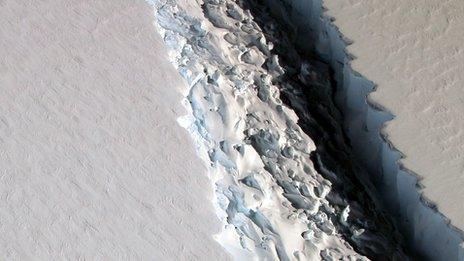Plane flies along Antarctica's giant Larsen crack
- Published
New aerial video of the ice crack has been released by the British Antarctic Survey
The British Antarctic Survey (BAS) has released new footage of the ice crack that promises to produce a giant berg.
The 175km-long fissure runs through the Larsen C Ice Shelf on the eastern side of the Antarctic Peninsula.
If it propagates just 20km more, a block of ice a quarter the size of Wales will break away into the Weddell Sea.
Scientists gathered the new video while recovering instrumentation that had been placed on the ice shelf.
Uncertainty about the stability of the region means researchers cannot set up camp as they would normally do, and instead make short visits in a Twin Otter plane.
The most recent sortie enabled the researchers also to fly along the length of the crack, which is 400-500m wide in places, to assess its status.
No-one can say for sure when the iceberg will calve, but it could happen anytime.
At 5,000 sq km, it would be one of the biggest ever recorded.
When it splits, interest will centre on how the breakage will affect the remaining shelf structure.
The Larsen B Ice Shelf further to the north famously shattered following a similar large calving event in 2002.
The issue is important because floating ice shelves ordinarily act as a buttress to the glaciers flowing off the land behind them.
In the case of Larsen B, those glaciers subsequently sped up in the absence of the shelf. And it is the land ice - not the floating ice in a shelf - that adds to sea level rise.
If Larsen C were to go the same way it would continue a trend across the Antarctic Peninsula.
In recent decades, a dozen major ice shelves have disintegrated, significantly retreated or lost substantial volume - including Prince Gustav Channel, Larsen Inlet, Larsen A, Larsen B, Wordie, Muller, Jones Channel, and Wilkins.
Dr Paul Holland from BAS commented: "Iceberg calving is a normal part of the glacier life cycle, and there is every chance that Larsen C will remain stable and this ice will regrow.
"However, it is also possible that this iceberg calving will leave Larsen C in an unstable configuration. If that happens, further iceberg calving could cause a retreat of Larsen C.
"We won't be able to tell whether Larsen C is unstable until the iceberg has calved and we are able to understand the behaviour of the remaining ice."
The removal of the ice would also enable scientists to study the uncovered seabed.
When Larsen B broke away, the immediate investigation chanced upon new species.
Under the Antarctic Treaty, no fishing activity would be permitted in the area for 10 years.
The big bergs that break away from Antarctica are monitored from space.
They will often drift out into the Southern Ocean where they can become a hazard to shipping.
The biggest iceberg recorded in the satellite era was an object called B-15.
Covering an area of some 11,000 sq km, it came away from the Ross Ice Shelf in 2000.
Six years later fragments of the super-berg passed by New Zealand.
In 1956, a berg of roughly 32,000 sq km - bigger than Belgium - was spotted in the Ross Sea by a US Navy icebreaker. But there were no satellites at that time to follow up.
Many of the bergs that break away from the Weddell Sea area of Antarctica get exported into the Atlantic. A good number get caught on the shallow continental shelf around the British overseas territory of South Georgia where they gradually wither away.
The study of the Larsen C Ice Shelf is led by Swansea University through its MIDAS Project, external, which involves BAS.
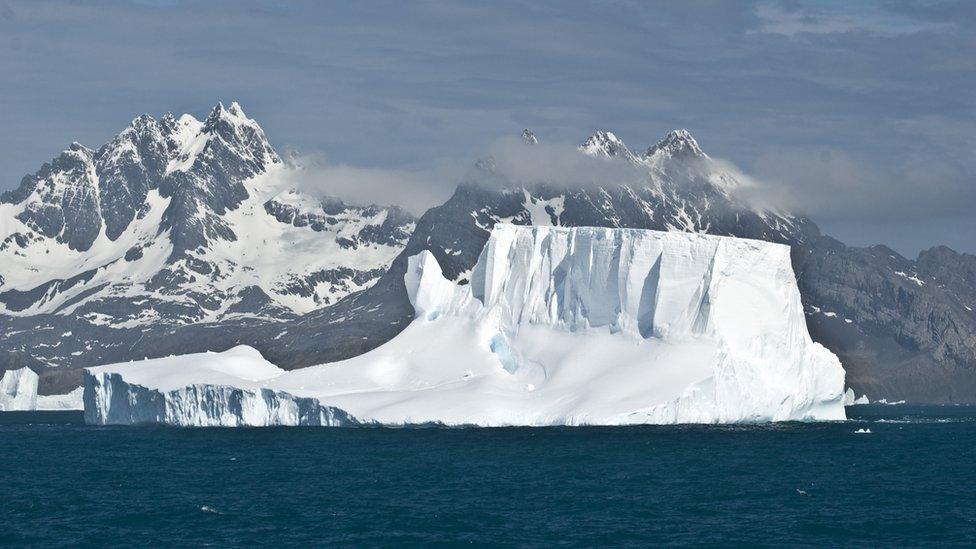
The remnants of many such bergs end up at South Georgia
Jonathan.Amos-INTERNET@bbc.co.uk, external and follow me on Twitter: @BBCAmos, external
- Published2 February 2017
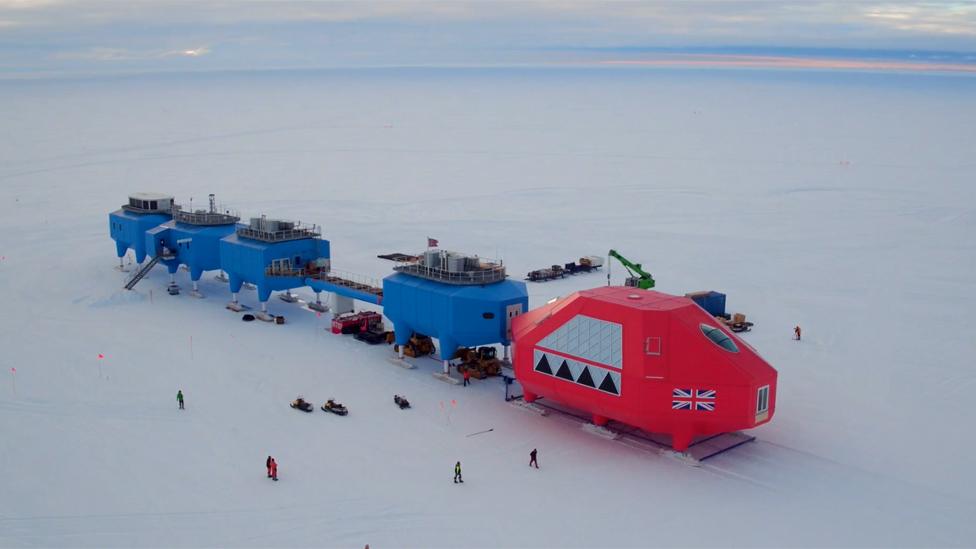
- Published20 January 2017
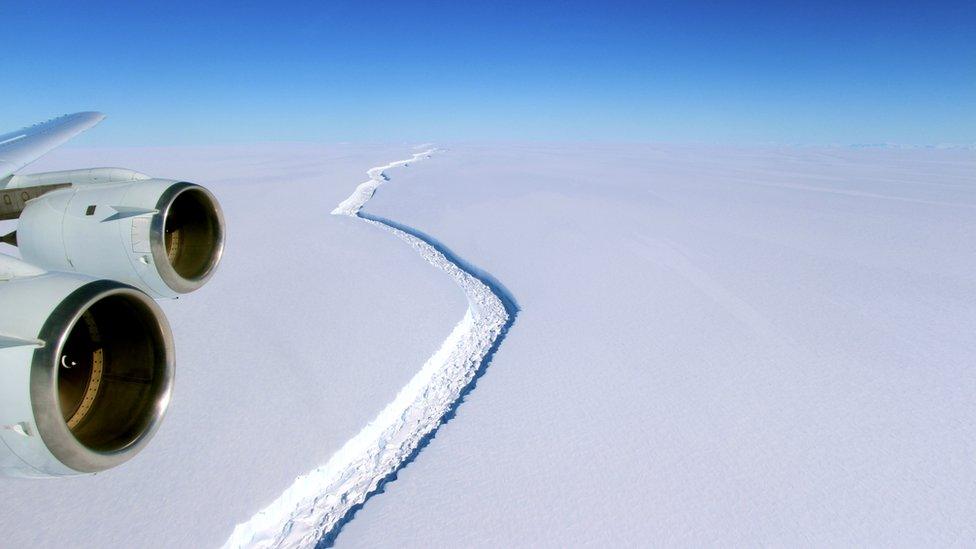
- Published16 January 2017
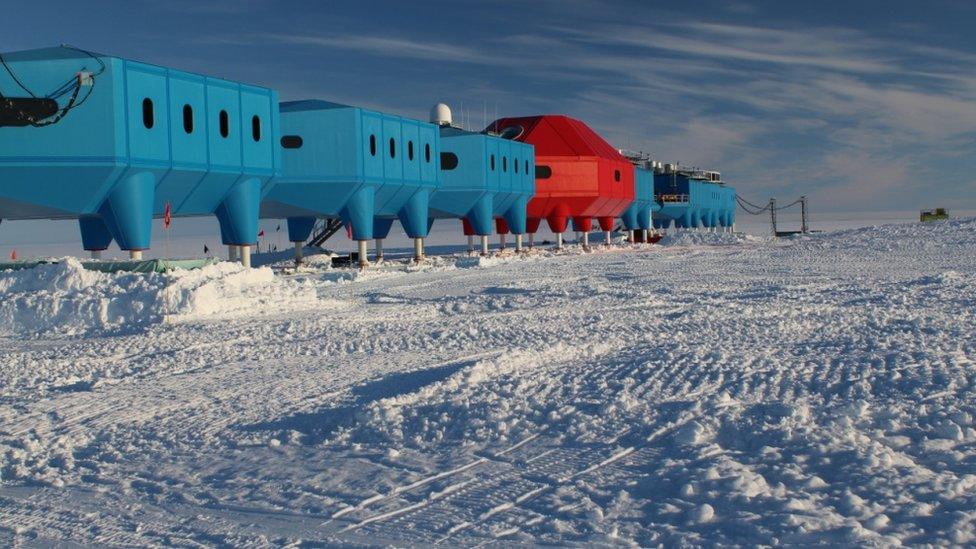
- Published6 January 2017
